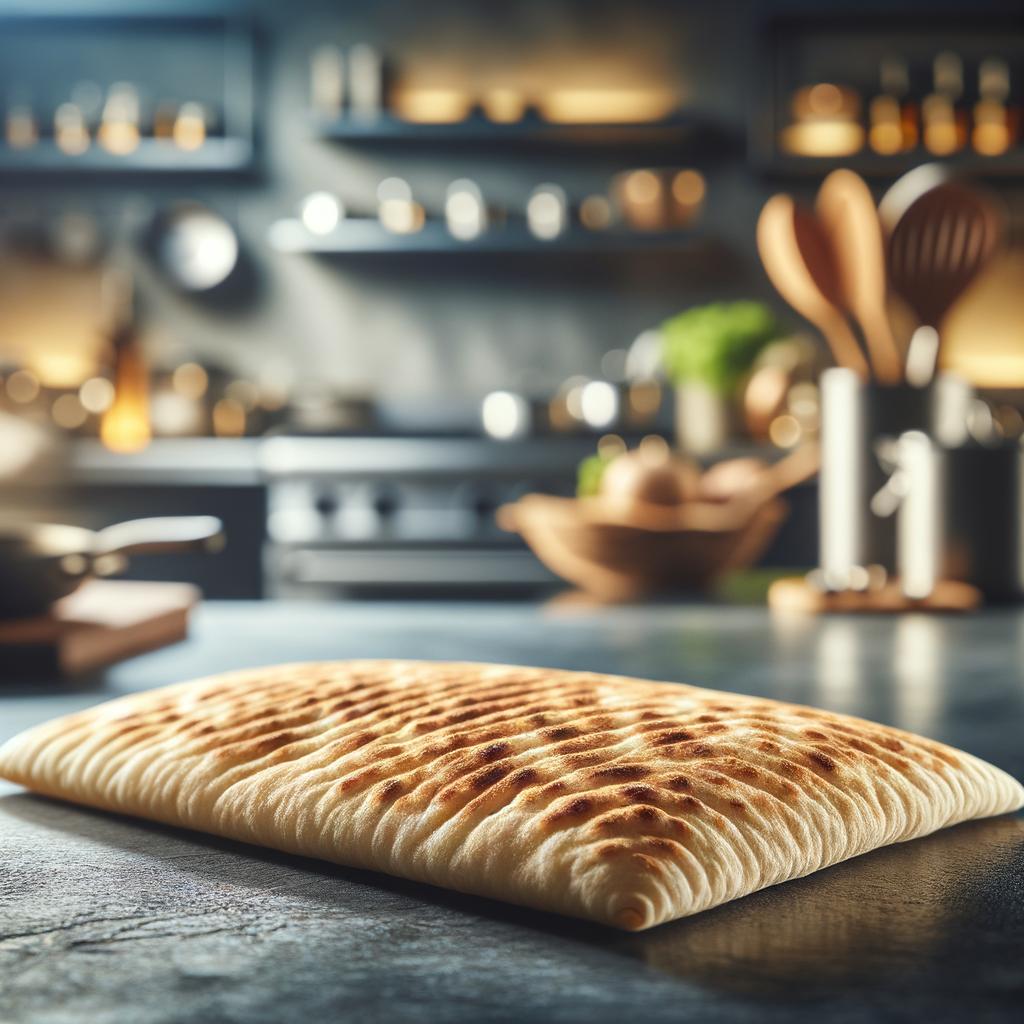Pita Bread

Description
Pita bread, also known as Arabic bread, is a staple in many Middle Eastern and Mediterranean cuisines. It has a round, slightly puffed appearance, typically about six inches in diameter. Its texture is soft yet sturdy, with a delicate, slightly chewy feel. When sliced open, you'll discover a hollow interior, the signature characteristic of pita bread. This hollow pocket sets pita bread apart from other breads, making it a versatile ingredient in many dishes.
Primary Uses
Pita bread is most commonly used as a vessel for a variety of fillings, such as meats, vegetables, or spreads, transforming it into a convenient, handheld meal. It's a key component in dishes like falafel and gyros, and it also serves as a perfect scoop for dips like hummus or baba ganoush. Beyond its culinary uses, pita bread holds a special cultural significance in the Middle East, where breaking bread symbolizes peace and friendship.
History
The history of pita bread dates back over 4,000 years to the Middle East. The word 'pita' originates from the Greek language, meaning 'flat'. This bread was an integral part of ancient diets due to its simplicity and versatility. The tradition of baking pita bread in hot stone ovens has been passed down through generations, and it's believed that the bread's hollow pocket was a happy accident of this baking method. Over time, pita bread spread to different cultures and cuisines, each adding their unique spin to this ancient food.
Nutritional Information
Pita bread is a good source of carbohydrates, providing energy for the body. It also contains a modest amount of protein and fiber, especially when made from whole grains. Compared to other breads, pita bread has a lower calorie count and can be a healthier choice when it comes to bread selection. However, like all breads, it should be consumed in moderation as part of a balanced diet.

